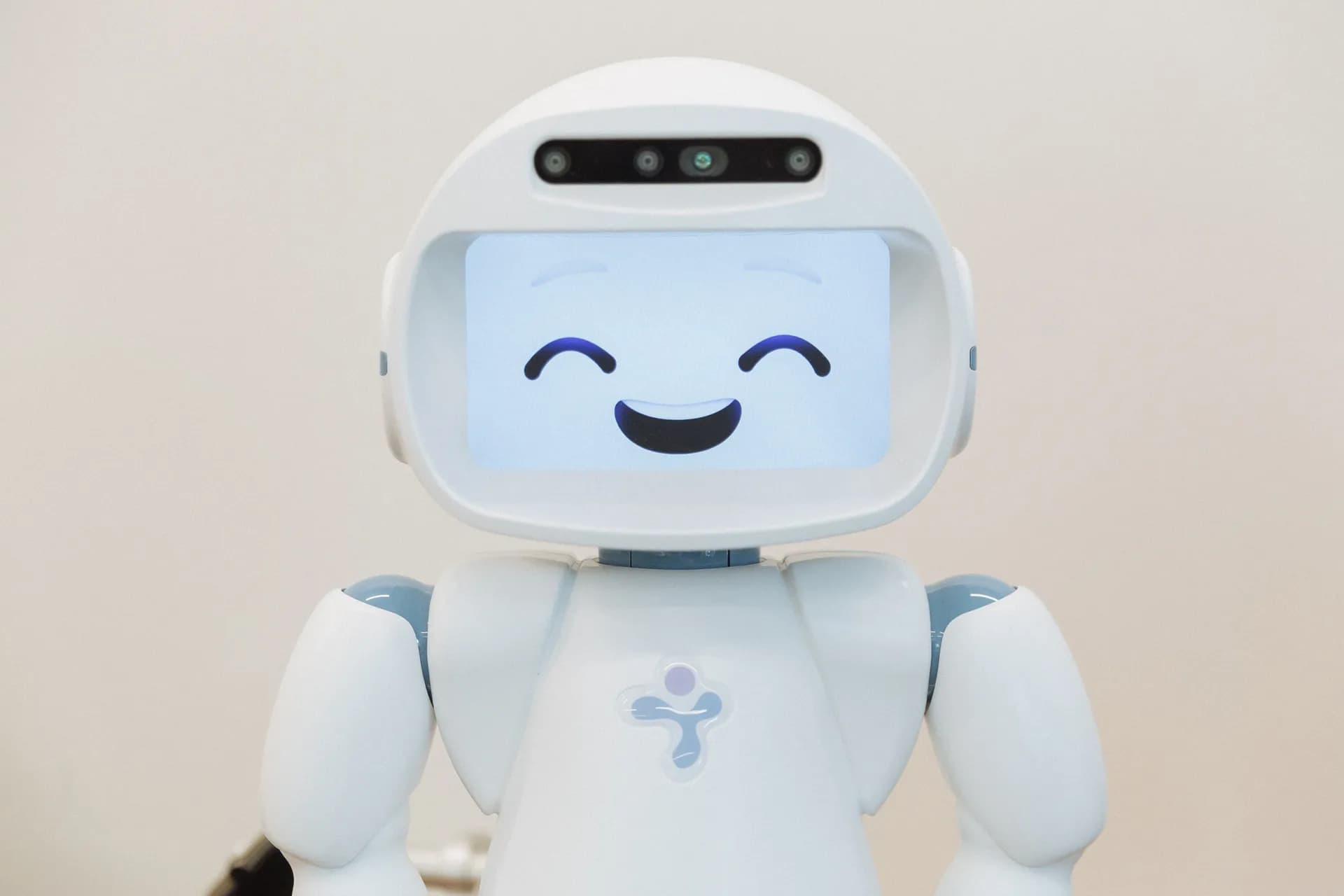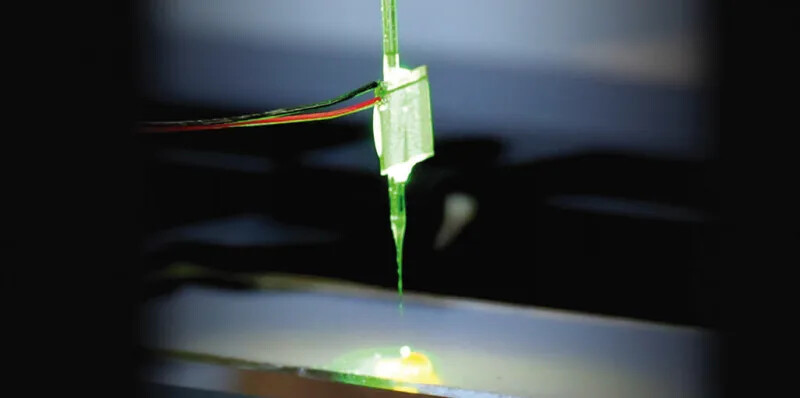
The Robotics Roundup is a weekly newspost going over some of the most exciting developments in robotics over the past week.
In today’s edition we have:
- Mobile ALOHA: Learning Bimanual Mobile Manipulation with Low-Cost Whole-Body Teleoperation
- Rodney Brooks: Predictions Scorecard, 2024 January 01
- My Parents’ Dementia Felt Like the End of Joy. Then Came the Robots
- A Precision Arm for Mini Robots
- Glide to work with people with blindness to navigate the world
Mobile ALOHA: Learning Bimanual Mobile Manipulation with Low-Cost Whole-Body Teleoperation
Zipeng Fu, Tony Z. Zhao, and Chelsea Finn have developed a follow-up system for robotic mobile manipulation tasks based on their ALOHA platform capable of handling tasks that are both bimanual and require whole-body control. The system, dubbed Mobile ALOHA, is a low-cost, whole-body teleoperation system for data collection. It expands on the existing ALOHA system by including a mobile base and an extensive teleoperation interface. By co-training Mobile ALOHA with static ALOHA datasets, the researchers found that performance on mobile manipulation tasks significantly improved. With just 50 demonstrations, co-training increased success rates by as much as 90%, enabling Mobile ALOHA to autonomously carry out sophisticated tasks like sauteing and serving shrimp, storing heavy pots in a two-door cabinet, calling and entering an elevator, and lightly washing a used pan.
Rodney Brooks: Predictions Scorecard, 2024 January 01
In his annual update on predictions made in 2018 Rodney Brooks comments on progress in self-driving cars, robotics, AI, machine learning, and human space travel having been slow and fraught with challenges. No self-driving cars have been deployed on a large scale due to safety issues and accidents. Electric vehicle adoption is slowing, and practical use of flying cars has not yet been realized. Significant advancements in humanoid robots are not expected for another 25 years. In the AI and ML field, Generative AI and Large Language Models have shown promising progress.
In 2023, crewed space flight saw limited advancement, with a handful of orbital and suborbital flights. SpaceX’s Falcon 9 rockets had a flawless run with no failures in 91 launches, but milestones such as regular sub-orbital and orbital flights, space tourism, and human colonization of Mars have not yet been met.
Boeing’s Starliner has scheduled its first crewed test flight for April 2024, and despite delays, SpaceX’s Starship and Blue Origin’s BE-4 engines are expected to fly soon. However, due to further delays in Starship’s development, the plan for returning humans to the Moon in 2025 seems unlikely. The hyperloop concept has completely shut down as of December 2023. Overall, ambitious goals in these areas may take decades or even centuries to realize.
My Parents’ Dementia Felt Like the End of Joy. Then Came the Robots
After the dementia diagnosis of the author’s parents, the author sought ways to help them live their remaining years with joy and meaning. The author discovered a team of roboticists who aimed to bring joy to people with dementia. The team created robots like QT equipped with microphones, a 3D camera, face recognition, and data recording capabilities. They used QT to explore the Japanese concept of Ikigai, a holistic approach towards well-being and life.
The performance and effectiveness of these robots were tested at Jill’s House, a memory care home in Bloomington. The interactions provided valuable insights and challenges for the researchers in developing the next set of skills for QT. The robots, like QT and Paro (a robot seal pup), were found to trigger social instincts and influence humans positively, reducing stress and depression in dementia patients.
The robots were showcased at the annual conference of the Dementia Action Alliance, focusing on challenging the stigmas attached to dementia and discussing the ethics of robot usage. The author found optimism in the robots’ work, highlighting that dementia care can be gratifying, uplifting, and even fun. One of the successful designs was Vita, a patchwork pillow with vinyl panels that played familiar sounds when touched, developed collaboratively with people at all stages of dementia. The robots’ work showcased a future where people with dementia could be seen as regular individuals leading fulfilling lives.
A Precision Arm for Mini Robots
A team at ETH Zurich has developed a microrobotic arm that can pump, mix minuscule amounts of liquid, and trap particles, addressing a significant gap in current microscopic robotic systems. The robotic arm features a thin glass needle and a piezoelectric transducer, capable of creating multiple vortices when dipped into a liquid. This technology can mix tiny droplets of highly viscous liquids, pump fluids through a mini-channel system, and trap fine particles in the fluid. The team believes the device can be used in a wide range of microrobotic and microfluidic applications without the need for customizing microfluidic chips for each specific application. The researchers also foresee potential applications in lab analysis, sorting tiny objects, biotechnology, additive manufacturing, and 3D printing. Their next aim is to combine several glass needles to create even more complex vortex patterns in liquids.
Glide to work with people with blindness to navigate the world
Seattle-based company Glidance Inc. is developing Glide, a robotic walking aid for people with vision impairments. Glide uses AI and sensors to guide users, helping them avoid obstacles and find waypoints. Glide recently won the RoboBusiness Pitchfire startup competition and received an innovation award from the Consumer Technology Association (CTA). Glide is designed to grant users more control and agency compared to other robotic aids, with the device guiding users around obstacles while they control the speed and direction. It also communicates with the user through haptics and audio to provide feedback. Glidance plans to integrate Glide with existing navigation apps for GPS-guided navigation, and aims to make the device affordable, likening its cost to a cellphone subscription. The company aims to start beta testing in spring 2024.


